When you are cooking on a gas stove and staring at a yellow flame, you may wonder if it’s time to get a new stove or if there are some simple fixes you could try first. The good news is that with the right tools and knowledge, you can fix most problems with yellow flames can be fixed in just a few minutes.
In this guide, we will walk through the steps of diagnosing your gas range’s pilot light and how to fix problems like yellow flames once and for all!
How to Fix Yellow Flames on Gas Stove
Check the Flame Adjustment
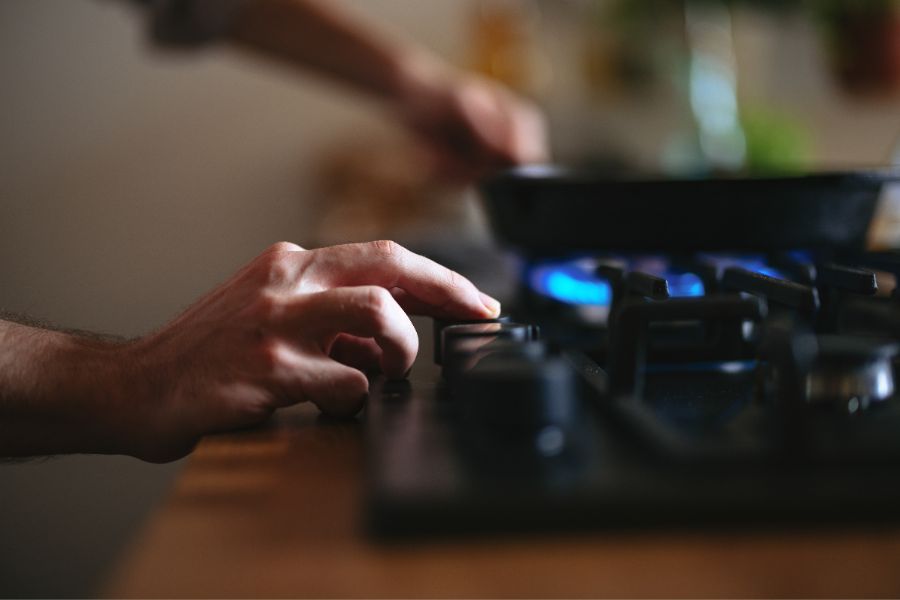
If your flame is yellow, check your flame adjustment. If it’s too open, the flame will be yellow; if it’s too closed, it will be blue. In other words: if your gas stove has an orange or yellow flame, you may have to adjust the flame.
For most stoves, this involves turning a knob somewhere on the front of your stove that makes it so that more or less gas comes out when you turn it on. This knob is often labeled “flame” or “burner.” Turn this knob counterclockwise until you see an orange-ish color at the bottom of each burner, and let us know when you have found that sweet spot!
If the Adjustment Has a Hole, Try Cleaning It with Compressed Air.
If you have a gas stove, the flame color can be easily adjusted for your taste or to achieve maximum efficiency. It could be a symptom of clogged pilot light adjustments if a yellow flame is present. Pilot lights are small gas jets inside the stove that allow for easy lighting and control of cooking temperatures.
If the adjustment has a hole, try cleaning it out with compressed air. Using an old toothbrush, you can remove some greases around the adjustment (if any). Make sure not to get any gunk into where your fingers will go when screwing everything back together!
Try a New Orifice Holder.
If the orifice holder is worn out, you will need to replace it. To change the orifice holder:
- Turn off the gas supply to your stove and wait for all flames to extinguish.
- Remove the burner caps by gently pulling them upwards until they come off ultimately.
- Locate the screws that hold down each burner and remove them with a screwdriver. If there are no screws, then simply pull up on one side of each burner until they release from their brackets and remove them from underneath your cooktop cleanly so as not to damage any parts inside it while removing them from their brackets entirely if possible. Examine closely before starting this process.
- You should now see an opening into which you can insert an unbent paper clip or similar object to push out old clips and/or cleaning products that may have gotten caught inside over time – be careful about pushing harder than necessary because doing so could damage things further below what’s visible on top!
Clean the Burner Head
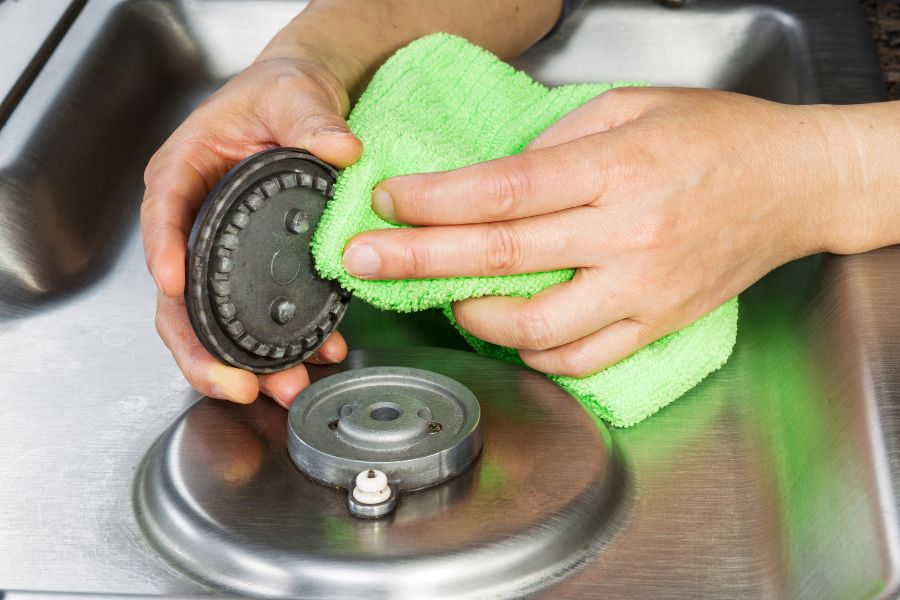
You will need a soft cloth and your usual cleaning supplies (soapy water or a natural cleaner like vinegar) to clean the burner head.
- Wipe off any debris in the burner head with a soft cloth.
- Clean off excess water or cleaner on your stovetop with another dry cloth.
- Do not use an abrasive cleaning agent or scrubbing pad. This will damage your stovetop and create tiny scratches affecting how well it heats up.
Replace the Burner Head.
Replacing the burner head is fairly simple, but you should attempt something other than it on your own. The burner head consists of three parts:
- The aluminum base (which sits directly on top of the stove).
- The ceramic fiber insulator (on top of the aluminum base).
- The gas pipe connects to the gas line and transfers hot gas from your oven to heat food or water.
Causes of Yellow Flames on a Gas
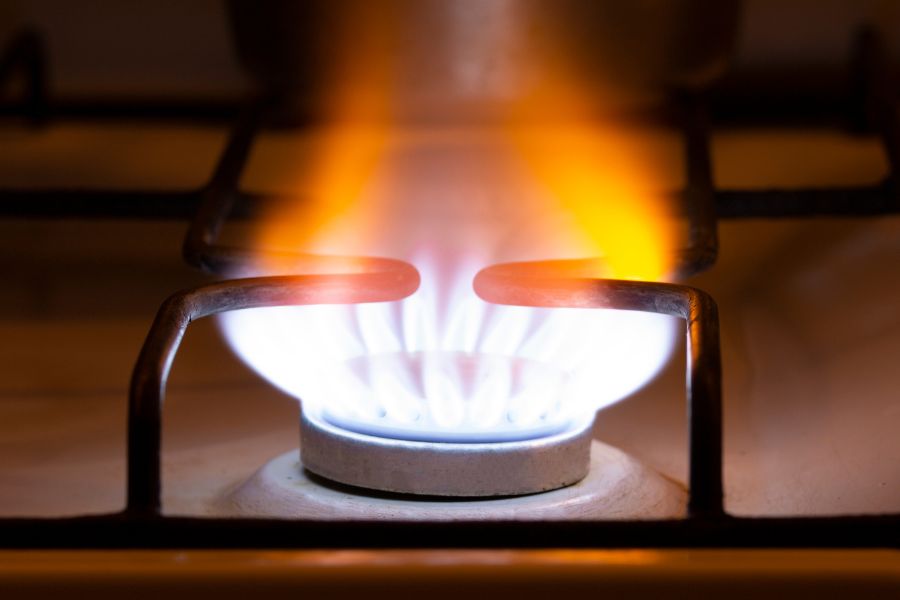
A yellow flame on the gas stove can be caused by a dirty or broken pilot light. This small flame lights up when you turn on your stove. If this flame is dirty, it will change the color of the giant flames.
Another cause of yellow flames is when there is leaking gas from your stove. Leaks can be caused by an old seal between different components of the appliance or if there’s dirt built up around valves and fittings that aren’t allowing enough flow through them to maintain proper pressure at all times (which may also cause too much pressure at specific points).
If you have weak flames because there’s too much air mixed with fuel, this causes less energy to go toward heating food instead of producing more light/heat.
How to Detect a Gas Leak?
If you smell gas (leak) or hear a hissing sound, it’s best to turn off the gas immediately. To do this, flip the control knob on your stovetop to “Off” and then find the main shut-off valve (it may be labeled “gas”). Turn off both knobs on that valve—you don’t want any leaking gas going into your home.
The next step is to notify someone else about your concern; if you live alone and have young children or pets in the house, call 911 immediately so they can send an inspector out to make sure everything is safe.
After reporting what happened with your stovetop flame, let an experienced technician inspect it as soon as possible before using it again. This way, they can check whether any faulty parts need replacing or if there’s damage done to other parts of your kitchen, like appliances or cabinets, due to excessive heat exposure from cooking at high temperatures for too long without adequately regulating them beforehand!
A Yellow Flame Could Signify a More Serious Problem with Your Pilot Light.
If you look at the flame on your gas stove, you might notice that it is yellow instead of blue. This is a sign of a gas leak and should be addressed immediately. A yellow flame means too much oxygen in the area, which can cause your pilot light to ignite and start a fire.
The pilot light is a safety feature that prevents accidental ignition from happening when there isn’t enough oxygen for combustion (such as when an oven door is opened). The pilot light should always burn blue, orange, or yellow depending on the type of fuel used; anything else could be indicative of an issue with your furnace or appliance.
Is Yellow Flame on Gas Stove Dangerous?
A yellow flame on a gas stove indicates incomplete combustion, which can release carbon monoxide and lower the temperature. This can be caused by dirt and residue buildup, gas leaks, bad gas valves, or insufficient air intake. It is important to fix this issue as it can be harmful to your health, utensils, and stoves.
Also, Check:
- How Much Does a Stove Weigh
- How Hot Does a Stove Top Get
- Do Electric Stoves Use Gas?
- Can I Use Induction Pan on Gas Stove
- Do Home Buyers Prefer Gas Or Electric Stoves?
- Do Gas Stoves Have Pilot Lights?
- What is Auto Ignition Gas Stove?
- Can You Put Gas Stove Grates in Dishwasher?
- How To Clean Electric Stove Coil Tops?
- Do Gas Stoves Need to Be Vented
- Are Natural Gas and Propane Interchangeable
- Griddle for Glass Top Stove
Conclusion
We hope we have helped you understand the difference between yellow and blue flames. If your gas stove displays a yellow flame, it’s time to call for help. The problem may be as simple as cleaning the burner head or adjusting the pilot light, but if it persists, you should contact a professional immediately.

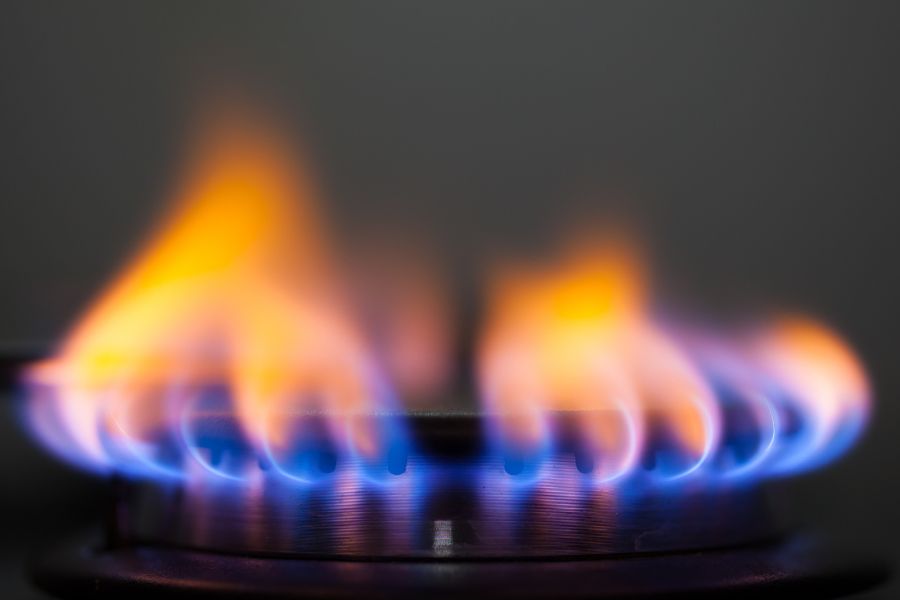

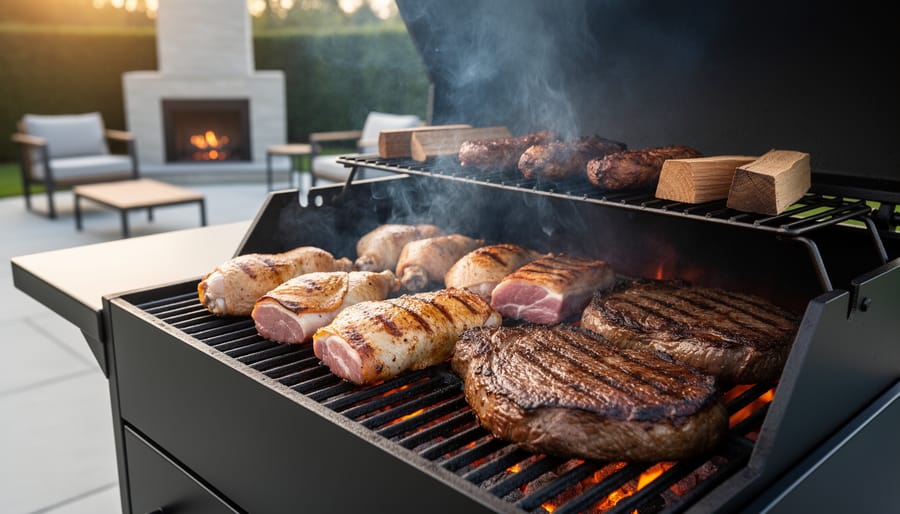
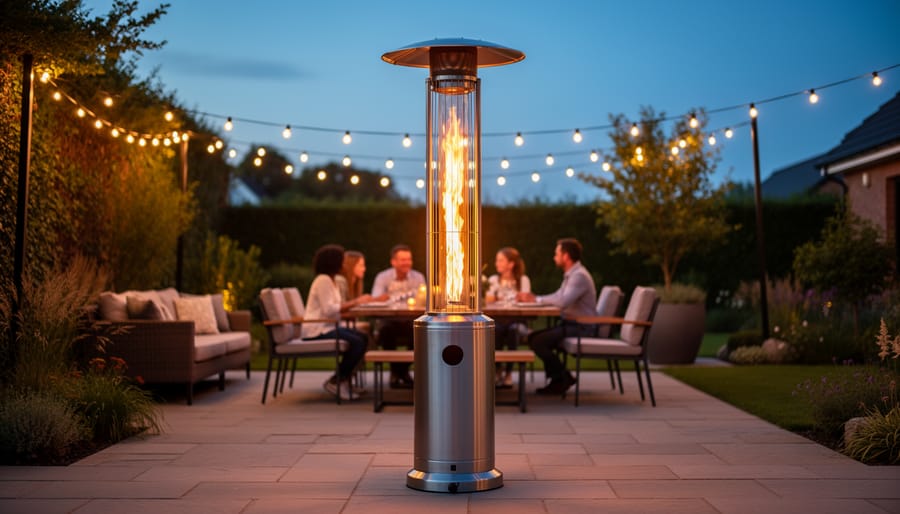


I recently replaced two of the sealed burners on my maytag gas stove model MGR4452BDW. The original burners were grey, the replacement burners are black. I replaced the front left burner because it had rusted and gas was pouring through the resulting hole causing the flame to be very high. After replacing the burner the burner ignitor did not work so I ignited the gas with a long nosed butane lighter. Everything seemed to be working fine until the flame started to flicker with yellow streaks in the flame. I know yellow in a gas flame indicates incomplete burning and carbon dioxide release. The other two burners that were the original burners and not the ones that I replaced did not have this problem. I searched and found that on some stoves there is a lever that controls the mixture of air and gas to adjust the flame so that it burns blue with no yellow in it but I don’t know where to find it on my Maytag MDR4452BDW. Please help, a service call from a technician may be more costly than replacing a gas stove/oven that otherwise performs just fine. P.S. the replacement black burners did not have the same two small bumps on them that correspond to the two small notches in the stove top so that I could match the bumps to the notches and then give the burner a slight quarter turn to secure the burner down to the stove top. I did the best I could to secure the new burner down to the stove top but for the most part it is not well secured, however, it does not move around either. It lays in place and cooking utensils rest on the grates. I wonder if this may be the cause of the yellow flame. Does the burner need to be in a certain postion to get the correct mixture ?